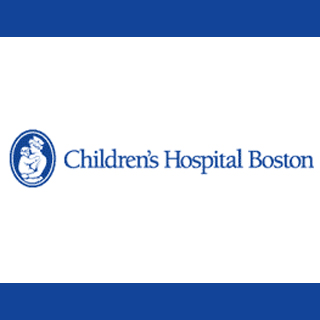
From 1997, the amount of school-aged children with food allergies has seemingly augmented to almost 20 percent, as per the Centers for Disease Control and Prevention. The study is claimed to be the biggest till date to examine emergency treatment of food-related anaphylaxis in children, as per the authors.
Susan Rudders, MD, of Children’s Division of Allergy and Immunology and first author of the paper, commented, “Food allergies are an increasingly important topic in pediatrics. There’s not a lot of data about the epidemiology of food allergies because it’s a hard thing to study.”
Some of the issues found on preceding studies comprised of insensitive clinical tests for food allergies like via a skin test or blood test and lack of a generally established description of anaphylaxis.
While assessing the charts of children under 18 observed in two Boston EDs from 2001 to 2006, the experts detected roughly 1,255 children who made visits for food-related allergic responses. Of these, more than half appeared to suffer from anaphylaxis, the most acute allergic reaction concerning at least two organ systems or low blood pressure. General symptoms encompassed problems in breathing, skin rashes, swelling and gastrointestinal troubles.
Of those children having anaphylaxis who were treated with epinephrine, roughly 12 percent required more than one dose due to a resurgence of symptoms, either prior to or after being taken to the ED. This discovery could be coherent with those of smaller former studies.
Rudders mentioned, “Until we’re able to clearly define the risk factors for the most severe reactions, the safest thing may be to have all children at risk for food-related anaphylaxis carry two doses of epinephrine.â€
To counterbalance the additional cost, Rudders proposes that school nurse offices seem to bring un-assigned extra doses of injectable epinephrine for children who require them. The study also appeared to typify the condition of anaphylaxis treatment in the two EDs.
The study advocates that EDs may not always pursue present practice guidelines, which have not varied much since 1998. Existing practice guidelines apparently recommend a procedure for food-related anaphylaxis. Doctors apply epinephrine as the first line of treatment, pass on patients to allergists, tutor patients to keep away from suspicious foods and prescribe self-injectable epinephrine.
Nevertheless, uniform with trends noted nationwide, emergency physicians may be more expected to treat children in the emergency department with corticosteroids and antihistamines. Upon discharge from the ED, supposedly less than half of patients were prescribed epinephrine, and even fewer were seemingly passed on to an allergist or were given instructions on evading suspected foods.
These final recommendations could be pretty vital as roughly 44 percent of the children examined appeared to encompass a recognized history of food allergies, but still consumed these foods unintentionally.
The study would appear in the April issue of Pediatrics.
